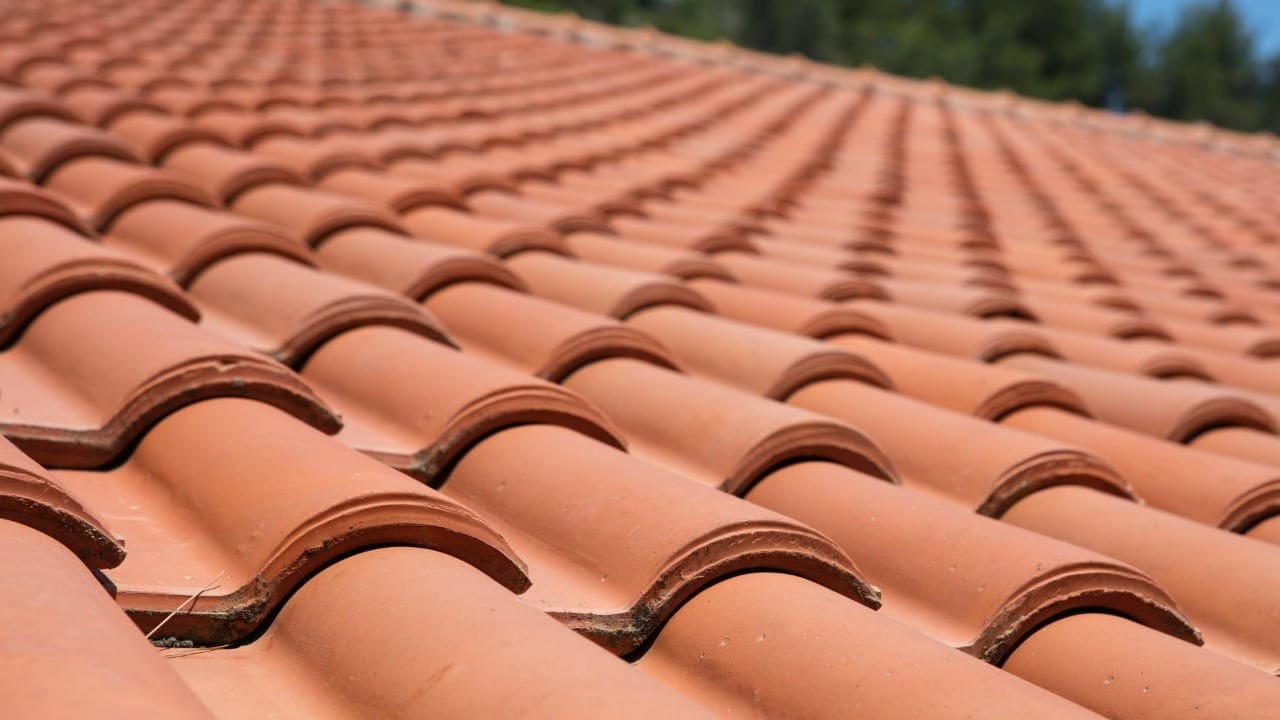Television commentator Micheal Muircheartaigh once said, “No known roof is as beautiful as the skies above.”
Most of us agree with that sentiment—unless, of course, you can see the sky through your roof.
Hopefully, you never experience anything as dramatic as a hole in your roof. But like all good things in life, no roof lasts forever. Even the best roofing materials installed by the best roofing company will deteriorate over time.
When do you know that you’re nearing the end of your tile roof lifespan? How long does a tile roof last in Florida, on average?
In this post, we’ll answer those important questions and more. Keep reading!
Factors in Tile Roof Life Expectancy
Tile roofs don’t come with an expiration date, so there’s no set answer for how long your roof will last.
Properly installed and maintained, you could get 50 years or more out of your tile roof. (Some tile roofs in Europe have been around for centuries!)
On the other hand, inferior materials, poor maintenance, or one major hurricane could significantly alter that lifespan.
Here’s a quick rundown of 3 factors that affect the lifespan of your roof.
1. Climate & Weather
One of the best aspects of living in Florida is not having to deal with snow or ice. The warm climate is great for those lazy pool days, but constant heat and humidity wreak havoc on your roof over time.
There’s also the ever-present threat of severe weather. Florida’s been hit by 120 hurricanes since 1850 and it ranks third in the nation for the number of tornadoes.
Roof tiles manufactured today are built to withstand high winds and hot climates, but they’re not indestructible. One major hurricane (or a series of severe weather events) could shorten the lifespan of your roof.
2. Materials
Your roof is only as good as the materials you use to build it. Clay, slate, and concrete tiles are popular choices, and each has its benefits.
Clay tiles are more expensive than concrete tiles. Concrete tiles are the most common tile product on the market because of their durability and cost compared to the clay tile. Whatever type of tile you choose, make sure you select a high-quality product. This is one area you don’t want to cut corners!
3. Maintenance
Many homeowners skimp on regular roof maintenance, but that bad habit will catch up with you eventually.
Make sure you’re keeping up with these roof maintenance tasks:
- Cleaning your gutters
- Trimming your trees
- Proper insulation and ventilation inside your home
- Regular cleanings and inspections
You can’t do much about the climate, but you can extend your roof’s lifespan with good maintenance.
Signs You’re at the End of Your Tile Roof Lifespan
Now that you know about tile roof life expectancy, how do you know where your roof stands?
The first factor is time. If you bought your house several decades ago and have never touched the roof, chances are it’s due for some repair work or a replacement.
Grab a ladder and (without stepping directly on the tiles) climb up to take a good look at your roof.
- Do you notice any tiles that are broken or cracked?
- Are there areas where you’re missing tiles?
- Is there a buildup of leaves or other debris?
- Are there any signs of water damage or sagging?
An interior leak is a clear sign that there’s a problem. Pay attention to the leak or damage to see if it gets worse when it rains, which is a sure indicator you’ve got roof trouble.
Even if your roof tiles appear to be in good shape, there could be hidden problems lurking underneath.
For example, it’s common for the felt underlayment to wear out and need replacing long before you need new tiles. Damaged flashing is another concern (you’ll probably need an expert to spot this).
Sagging can occur if the wood underneath your roof is damaged or rotting. This could be from hidden water damage or from a pest problem, like termites or rodents. Whatever the cause, sagging is a serious issue that requires immediate attention.
Tile Roof: A Good Choice for Florida Homes?
There’s no doubt that tiles are a popular and attractive choice, but are they really the best option for Florida homes?
Yes!
Tile roofs are great for coastal areas like Sarasota for many reasons. Salty ocean air, hot temperatures, and high winds will take their toll on other types of roofing materials (like asphalt shingles).
The major benefits of clay tiles include:
- Resistance to damage from salty, humid air
- Durable enough to withstand hurricane-force winds
- Better temperature regulation inside your home
In our hot and storm-prone state, tile is one of the best roofing materials available. Your roof won’t be completely immune to damage from storms, but the repairs will be less than with other materials.
How Long Does a Tile Roof Last in Florida? Now You Know
So, how long does a tile roof last in Florida?
The answer depends on the quality of the materials, your maintenance routine, and your local weather. Hopefully, with proper care, your tile roof will last for many years to come.
What if, after reading this article, you realize that it’s time for some repair work (or even a roof replacement)?
Your best bet is to sign up for a roof inspection. This allows you to catch small problems before they get worse or determine the next steps to take to care for your roof.
If you live in the Sarasota area, we’re here to help. Contact us today with all your roofing questions or concerns.





0 Comments